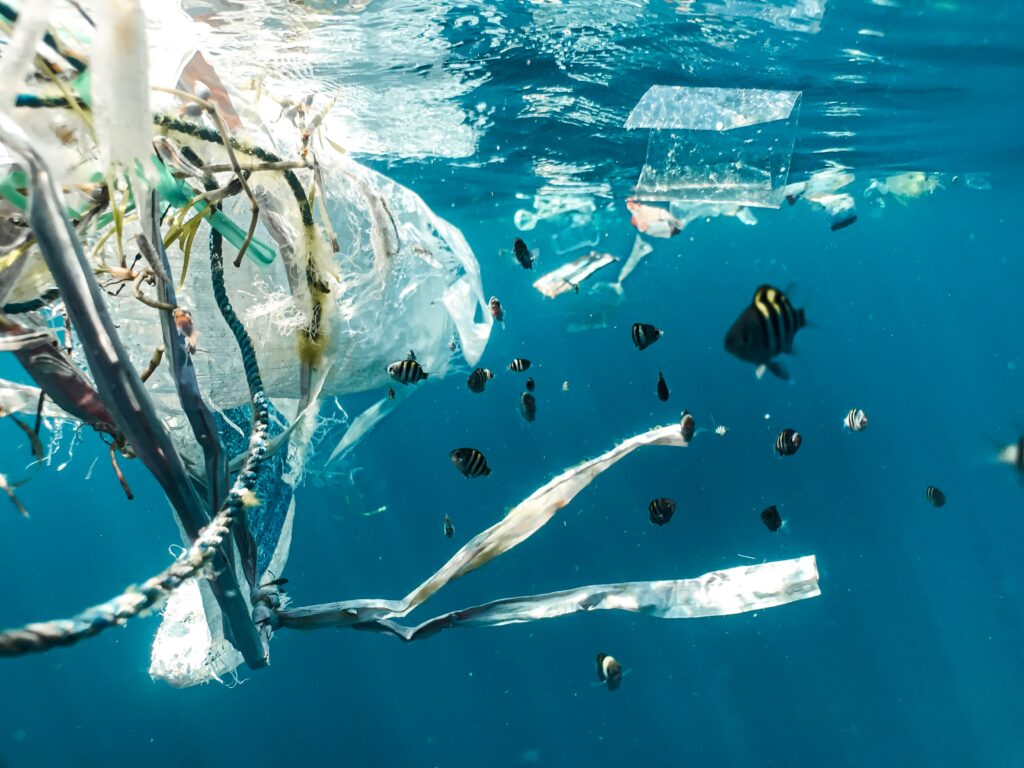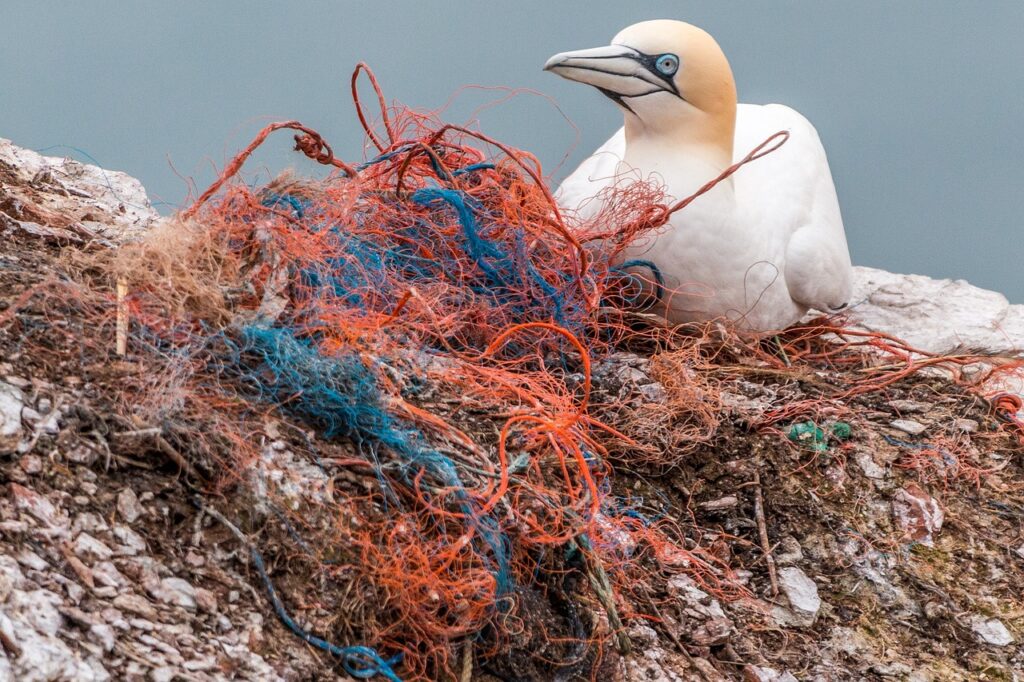Plastic pollution by ROVs usually comes in the form of microplastics. Microplastics shedding from marine grade polymers can vary based on the specific type of polymer, its composition, and the environmental conditions it’s exposed to. While there isn’t a list that polymers in terms of microplastic shedding we do know that some plastics break down more easily than others. Some commonly used marine-grade polymers that have been associated with microplastic pollution include:
The Plastics
- Polyethylene (PE)
- Polypropylene (PP)
- Polyvinyl chloride (PVC)
- Polyethylene terephthalate (PET)
- Polystyrene (PS)
These polymers, when used in marine applications such as buoys, ROVs, and other marine equipment, can degrade over time. This due to weathering, UV exposure, and mechanical abrasion. As they degrade, they release microplastic particles (tiny pieces of plastic) into the environment, contributing to the growing issue of microplastic pollution in oceans and waterways. This is true for all plastic, but not all resides in the ocean (although it seems more and more plastic does end up in our waters).
ROV Components
Various components of ROVs, such as casings, cables, and structural parts, can be made of polymers or plastic-based materials. Over time, these materials can degrade. Efforts to mitigate this impact involves 2 actions. The first being the development of more sustainable materials. Secondly, improved waste management practices within the marine industry are necessary.

Of course, plastic pollution by ROVs is minimal compared to other oceanic plastic sources. That does not exempt the industry from doing their part to safeguard our environment. Here is a list of other disturbing activities by ROVs in marine environments.
ROV Disturbers
- Physical Disturbance. ROVs can cause physical disturbances to the seabed and marine habitats. Their maneuverability and sometimes large size can lead to accidental damage to sensitive ecosystems such as coral reefs, deep-sea habitats, and benthic communities. SEAMOR Marine ROVs are compact and maneuverable so you can avoid this damage.
- Noise Pollution. The operation of ROVs often involves mechanical equipment, thrusters, and motors that generate noise. This noise can interfere with marine animal communication, navigation, and behavior, potentially disrupting their natural activities and impacting their survival.
- Chemical and Fuel Pollution. Some ROVs are powered by fossil fuels or batteries that contain hazardous materials. Accidental spills or leaks of fuel or chemicals used to operate or maintain ROVs can contaminate the marine environment, affecting water quality and harming marine life.
- Interference with Marine Life. In certain cases, the presence of ROVs in natural habitats may disturb or alter the behavior of marine animals, including fish, mammals, and invertebrates. Intrusions can cause stress, changes in movement patterns, or displacement from critical habitats.
Implementing guidelines for responsible ROV operations, conducting thorough environmental assessments before using ROVs in sensitive areas, and promoting better waste management practices are necessary to minimize pollution from ROV-related activities. However, continued research, monitoring, and improved regulations are necessary to minimize the negative impacts of ROVs on marine ecosystems. We do not have much information on the subject as the industry is a newbie when it comes to this particular topic.

